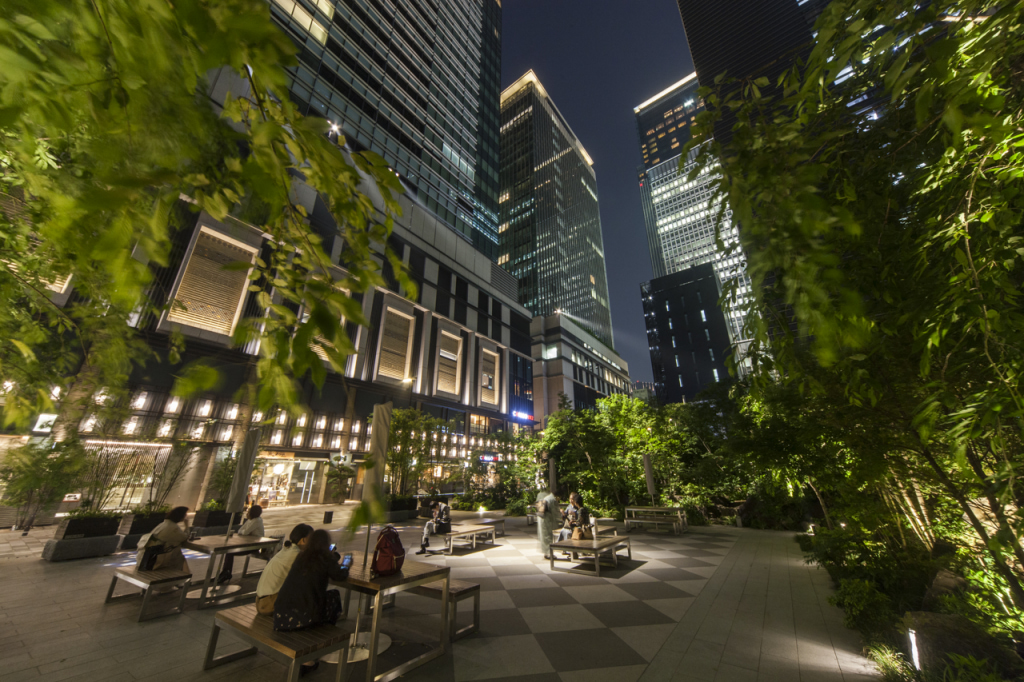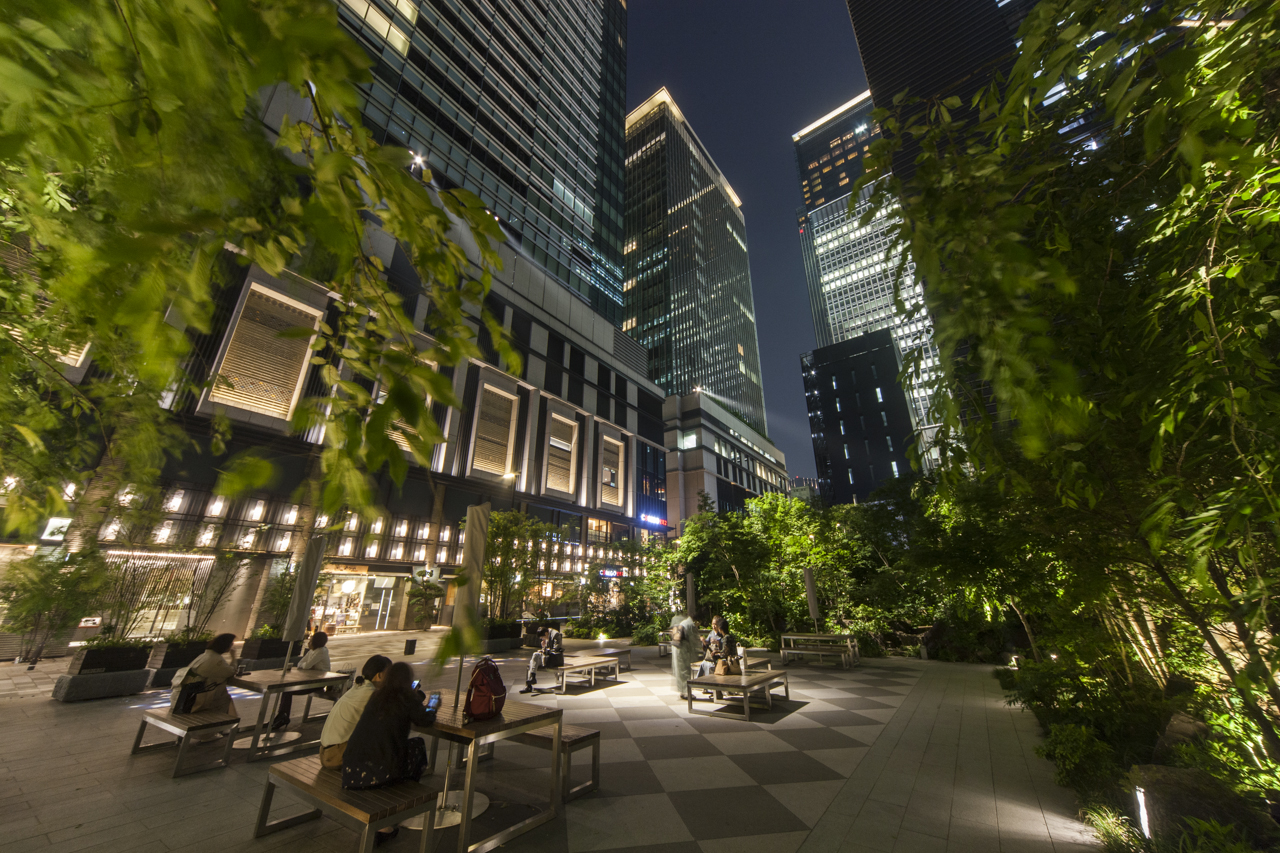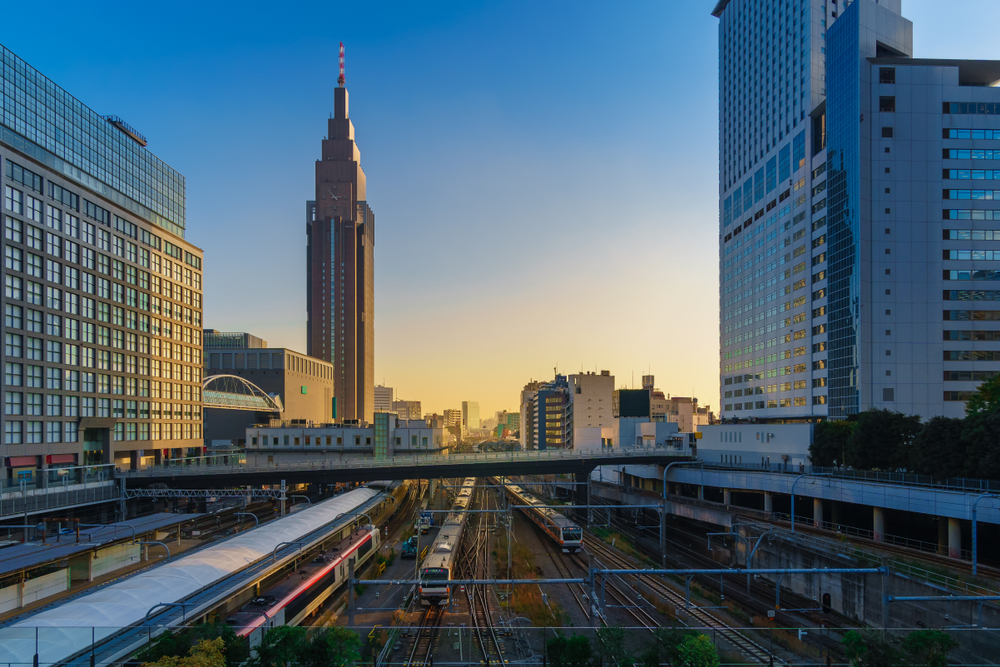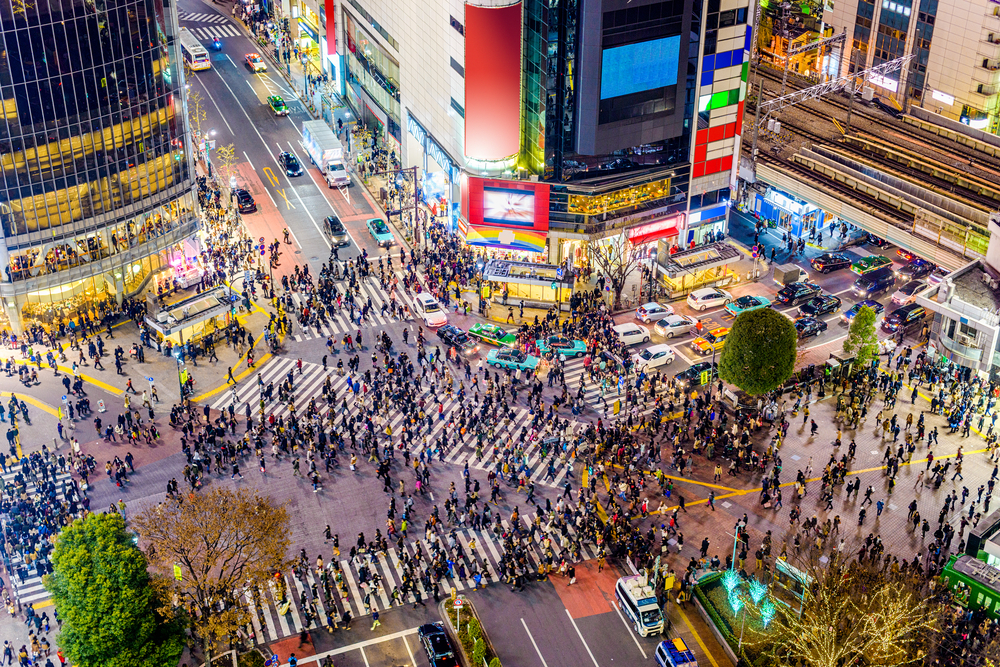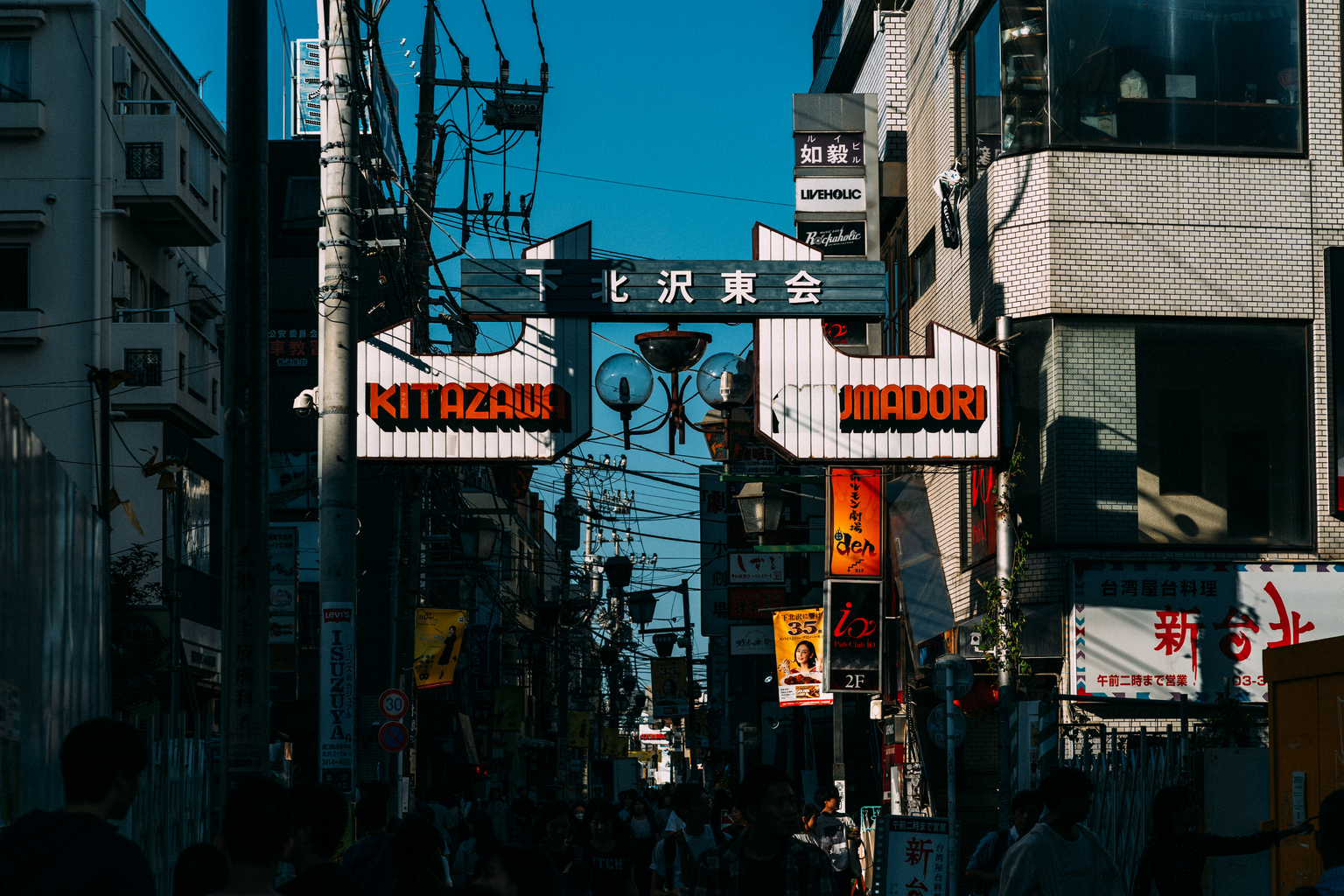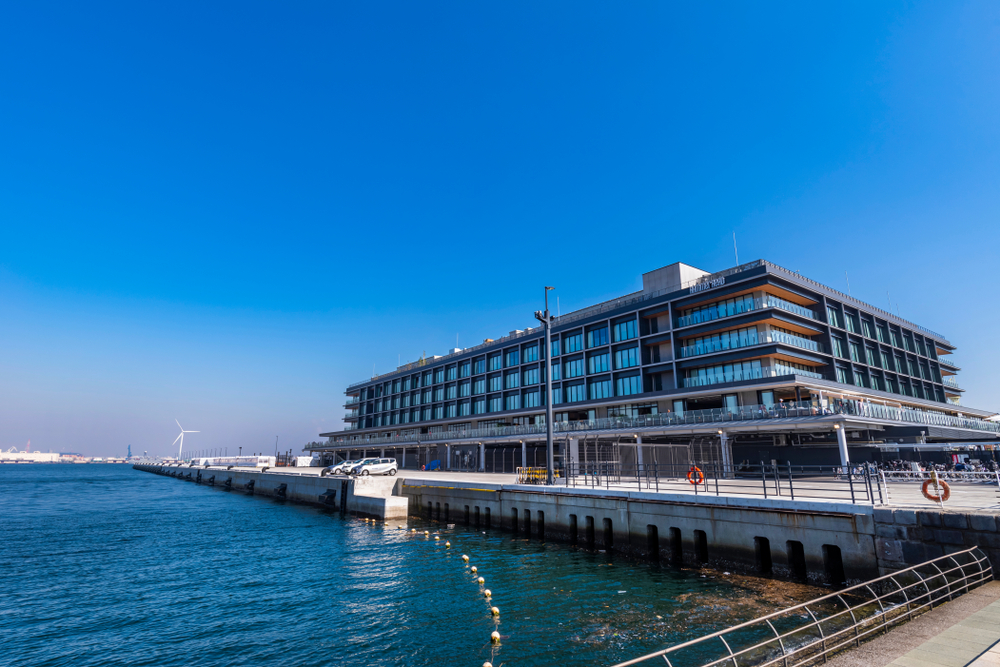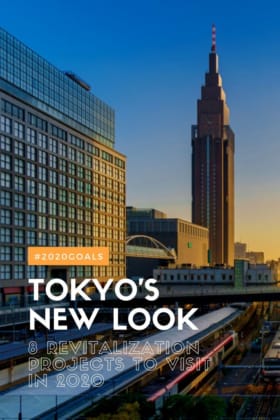Tokyo has been working hard to elevate its urban landscape in anticipation of this year’s Summer Olympics and Paralympics. In all four corners of the city and its surrounding suburbs, we’re finally seeing the construction walls come down. From shopping complexes to an array of new restaurants, the capital is about to get a lot more trendy.
Nihonbashi
During the Edo period Nihonbashi was not only an important point of entry for imports and exports but a cultural hub. The essence remains and is carried by the unique blend of architectural styles you’ll find wandering the streets, notably the Mitsukoshi main store.
Through its lengthy but thorough revitalization project, the neighborhood is bringing back the charm of traditional Japan in the hopes of showcasing Japanese culture. You’ll find restaurants serving the country’s popular dishes and fusion cuisine, and shops and boutiques selling only the best of Japanese craftsmanship.
Nihonbashi is designated as the capital’s financial center and in addition to cultural experiences, the neighborhood is welcoming up-and-coming companies, facilitating opportunities to do business with major international corporations.
New to Nihonbashi? Read our area guide here.
Shinjuku
The city’s busiest station might feel and look a little different than you remember. Earlier this year, yet another phase to the area’s redevelopment project started with the aim to make Shinjuku easier to navigate for the station’s daily 3.64 million commuters.
After making Kabukicho more family-friendly and connecting the station to the nearby 3-chome area through underground tunnels, this next step concentrates on western Shinjuku, specifically the 5- and 6-chome areas, along with a new skyscraper. D Tower Nishi-Shinjuku is set to be completed in early 2020 and will combine everything from office space to shops and restaurants across its 29 floors.
For a guide to Shinjuku after-hours, read our Golden Gai area guide.
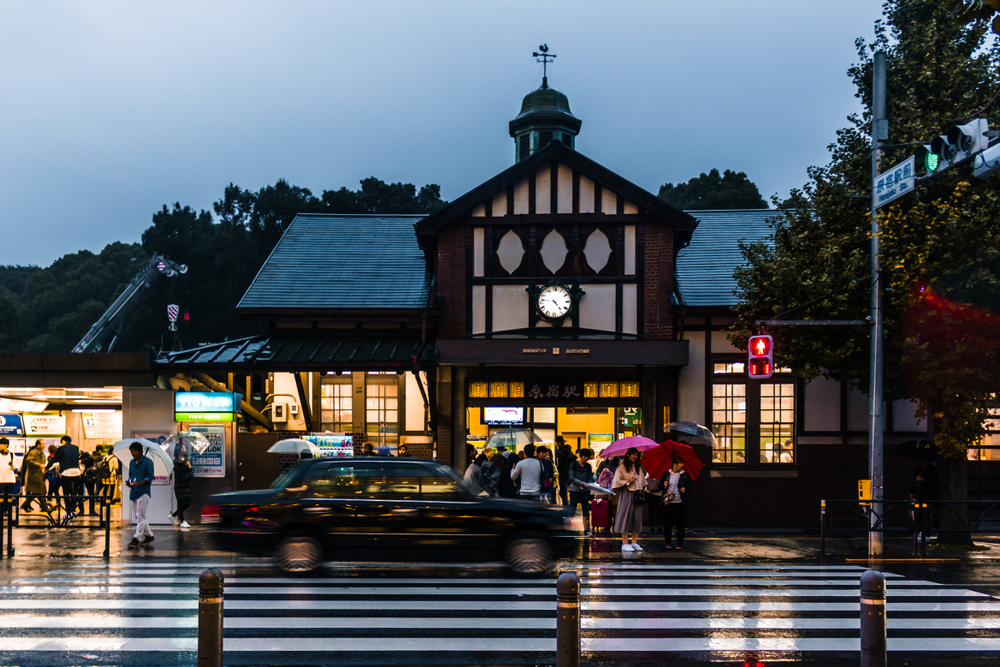
Harajuku
To accommodate the evergrowing flow of tourists, a new Harajuku Station was a revamp the city deemed of utmost importance. You might have noticed that there has been some movement around the station for a few months already. Reaching completion at the end of March this year, the new station building will look quite different from the European cottage-like structure we know and love.
Sadly, this exciting new change to the Meiji-Jingu landscape came with some bad news, too. It was announced last fall that the original station will be torn after the Olympics. If you haven’t had time to visit this cute trace of history, your days are counted!
To discover Harajuku, check out our area guide here.
Shibuya
Shibuya was for many their first Tokyo experience. It personifies the excitement of the city and is home to the world’s most recognizable crossing. In the evening, it’s full of life, with wonders to be found all the way into the neighborhood’s back alleys.
The station and its surrounding area have been revamped into a massive cluster of shopping towers with a selection of brands that will suit every taste and budget. Working mothers and young female entrepreneurs might enjoy Hikarie, while those who like to indulge in some luxury purchases might gravitate more towards Shibuya Scramble Square. If you want to stick to the Shibuya experience, head to Parco. For a more in-depth guide to the area’s new development, we have one of those too.
Explore the neighborhood’s every corner. Read our area guide here!
Shimokitazawa
The go-to place for lovers of a good vintage shopping spree has been decorated with construction signs since 2017. Finally, the new and revamped station is coming to completion. Though small in size, Shimokitazawa Station is an important station, acting as a cross between Keio Inokashira Line and the Odakyu Odawara Line.
To make space for fashion lovers, travelers and families during the matsuri season, the station has moved its tracks underground for an easier commute. This left more space for the business above ground, which not only makes a nice view, but also means a nicer experience for first-timers who might not know the tips and tricks to Shimokita.
For some thrifting recommendations, see our area guide.
Minato Mirai
Like Shibuya, the urban area in central Yokohama has been going through a big deal of construction for a few years now. While the area around Minatomirai Station is finally starting to take shape, the latest additions to the port city are closer to the water.
Contributing further to the creation of a comfortable nightlife experience, Yokohama Hammerhead opened in October and is the new home of unique restaurants with a beautiful view of the bay. Step out and after a few steps, you’ll find yourself in lively Cosmo World for good old-fashioned fair feeling. Head the opposite way and find Yokohama’s iconic Red Brick Warehouse where you can further enjoy your evening in good company.
Tachikawa
There’s been some movement on the outskirt of the metropolis too. In spring 2020, a brand new development called Green Springs is set to be the home of a new concert hall, a hotel, shops and an office space. The pièce resistance, however, will be a 10,000 square-meter park. Already a family-friendly place to live and visit, Green Springs is sure to make Tachikawa Station and its surrounding area worth the trip for Tokyoites and travelers alike.

Photo by D.Cunningham
Tokorozawa Sakura Town
Blooming in Saitama is Tokorozawa Sakura Town a new space dedicated to everything culture. This development includes your standard hotel, shops and restaurants, but also includes a brand new museum opening its doors in June, an indoor event space, an outdoor stage, a bookstore and last but not least a modern twist on a Japanese shrine. Ready just in time for the Olympics, we think this new hangout might just drive a few travelers out of the city to explore the neighboring prefecture.
Updated On September 18, 2020

